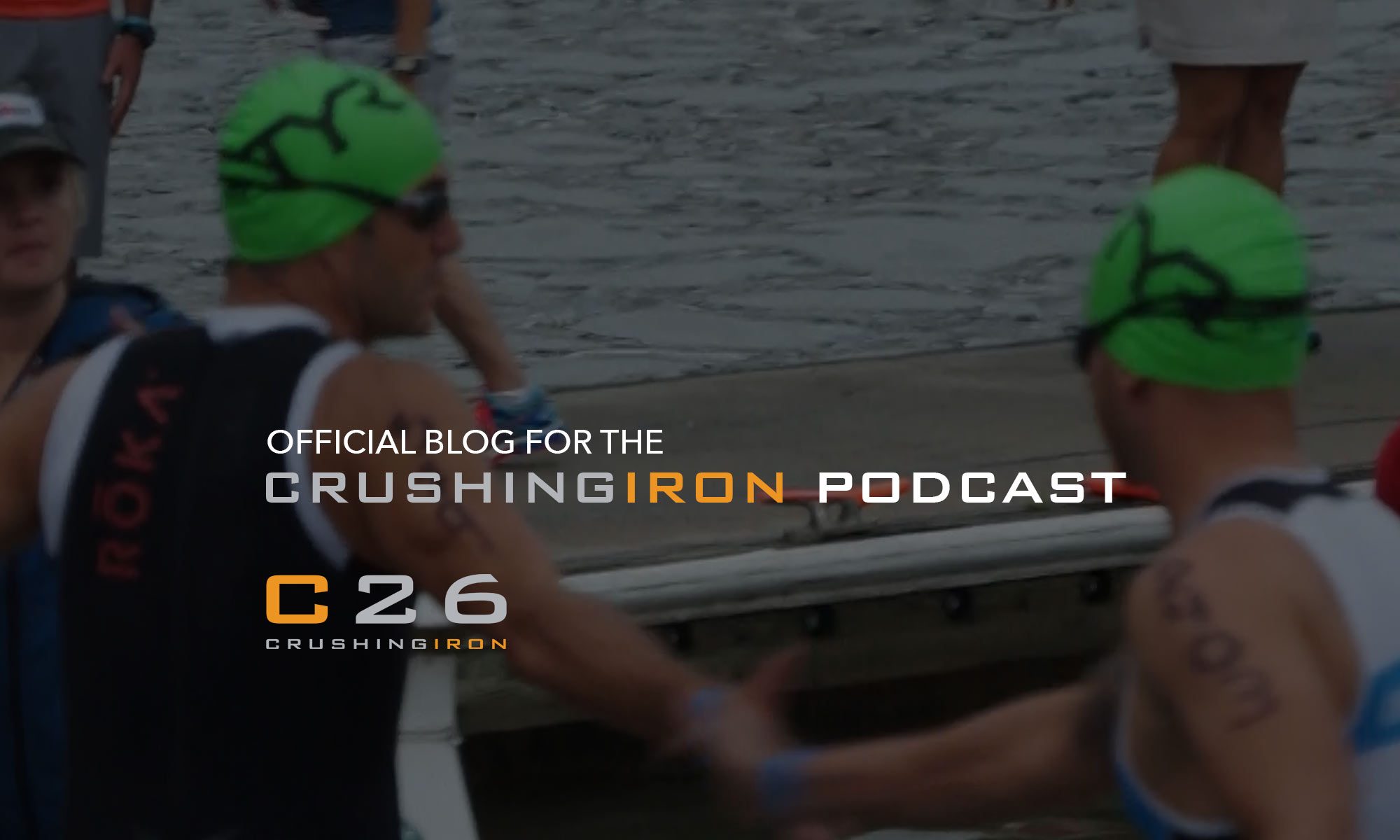Mike Tarrolly – Co-host of the Crushing Iron Podcast
I’ve been “into” cold plunging for years, but it was always really hard to actually follow through with the actual act of getting in the water. This year, after moving to the lake, buying a sauna and a cold plunge tank––I was secretly afraid I wouldn’t use them much. But, as with most things that get traction, I started slow.

After Ironman Wisconsin in September I kept getting in the lake. Swimming a little when it was 60, but doing simple 5-10 minute “plunges” as it got into the 40’s. It was never “easy” but the desire to keep going really grabbed ahold of me.
There were days when I kept putting it off and somehow rallied to plunge in the darkness. It’s noticeably colder when you plunge without the sun, but even that became moderately addicting.
How To Work Your Way Into A Plunging Habit
What started in the high 50’s has become oddly comfortable in the mid to low 30s, especially if the sun is out like it was today. But, like most things it’s much harder until you actually get in the right clothes and take steps toward the water. The “thinking process” before the plunge is never easy.
I think anything like this is hard if you start with the extreme. If you don’t have a lake or a plunge tank, I would recommend filling the bathtub up with cold water from the spout. Get in for a short time after a workout. Try to stay longer each time and do that for a week.
Then, start adding a little ice to the mix. Maybe one bag for a week, two the next, etc . . .
We used to plunge at our Run Camps and I would never go in above my waist. After building into it and staying with it, it’s easy to submerge to my neck.

How I Think Plunging Makes Me A Better Athlete
Endurance sports is really a mental game and plunging has made me not only more resilient, but more in tune with my body. One of the things I like to work at is reversing the shiver.
Some days the water just feels colder than others and when it does, I will start to shiver fairly quickly. Whenever that happens, I focus completely on my breath and trying to calm the shiver. It’s a mind/body connection that I feel translates into something similar like letting go of pain during a race.
This year at Run Camp I ran a 5k, 10k, 1/2 marathon, and full marathon on consecutive days. All on a long training run of about 7 miles. I certainly wasn’t trained for the distance, but I felt really good about how I managed the pain. And, to be honest, there was far less pain in general.
Is It Inflammation, Or Is It Something Else?
The go-to reasoning behind plunges is that it reduces inflammation. I’m guessing that’s probably true, and when it’s paired with the sauna you get the constriction along with the opening of blood flow, which seems like it would help circulation and healing in general.
But for me, the plunge is more about “getting through” it and teaching your body and mind to lay off the panic button so much. Cold water can “hurt” after a while, but that’s an opportunity to transform the pain into pleasure . . . if you stay calm. It’s fascinating and reminds me of yoga.
When you get into certain poses in yoga, they tell you to breathe into it. “Stay there and be with the body.” That reminds me of holding on longer in the cold water. Just breathe. Be with your breath. Calm your mind and your body.
How can these principles not translate on a run at the end of your race?

Contact: [email protected]
